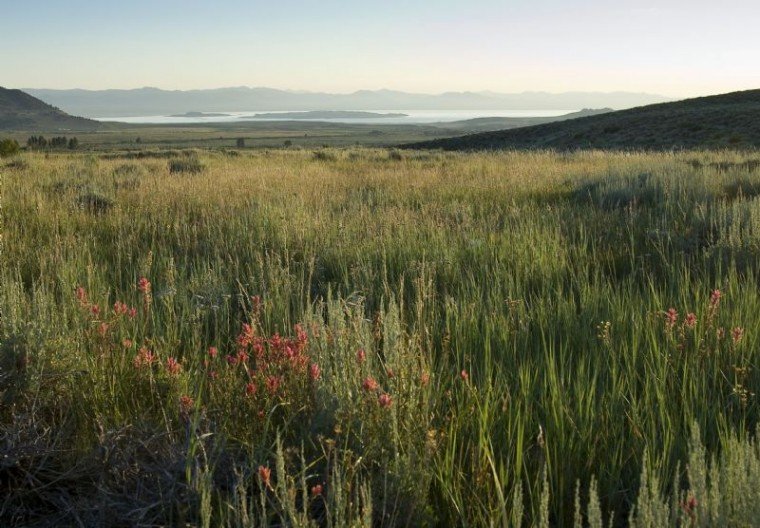Butterflies west of Minnesota and north of Arizona are finally
discovering what all the flutter is about. Butterfly weed, a native
to the rest of the continent, is becoming more available outside of
its natural range.
Butterflies west of Minnesota and north of Arizona are finally discovering what all the flutter is about. Butterfly weed, a native to the rest of the continent, is becoming more available outside of its natural range.
Garden varieties of the plant – whose biological name is Asclepias tuberosa – bloom in summer with flat-topped clusters of small yellow, orange, pinkish-orange and red flowers. These varieties have developed from the species that naturally blooms orange. All are excellent cut flowers, fresh or dried.
Blooms that are not cut or dead-headed – meaning they’re removed as they fade – produce small, plump seedpods full of seed to share with friends and neighbors. Butterfly weed is very easy to grow from seed, which can be purchased online. Because seed has only recently become more widely available, plants are not yet common in nurseries.
Although butterfly weed and the various related milkweeds are mildly toxic, they are sometimes used as medicinal herbs and the new shoots are sometimes eaten as a vegetable. Fibers extracted from the stems are used to make linen and twine. The finer fiber from the seedpods is used to stuff pillows.
Of course, one of the most popular uses for butterfly weed is to attract butterflies who come to dine on the sweet flower nectar as their reward for efficient pollination. Butterfly weed also provides foliage to feed butterfly caterpillars, the next generation of butterflies.
The plant prefers full sun exposure and well-drained soil. Mature plants can be groomed of old stems as new ones emerge from the thick roots, or they can be cut back to the ground when most foliage dies in winter. Fresh new growth starts slowly, but it accelerates as the temperature gets warmer in spring until it is at least as large as it was the previous year.
Tony Tomeo is a consulting horticulturist and arborist for New Image Landscape of Fremont. His weekly radio broadcast, “New Image Garden Report,” can be heard at 8:10am on Friday mornings on KSCO, 1080 AM of Santa Cruz. Tony can be reached at (888) 226-9191 or ww********@*****************ng.com.













